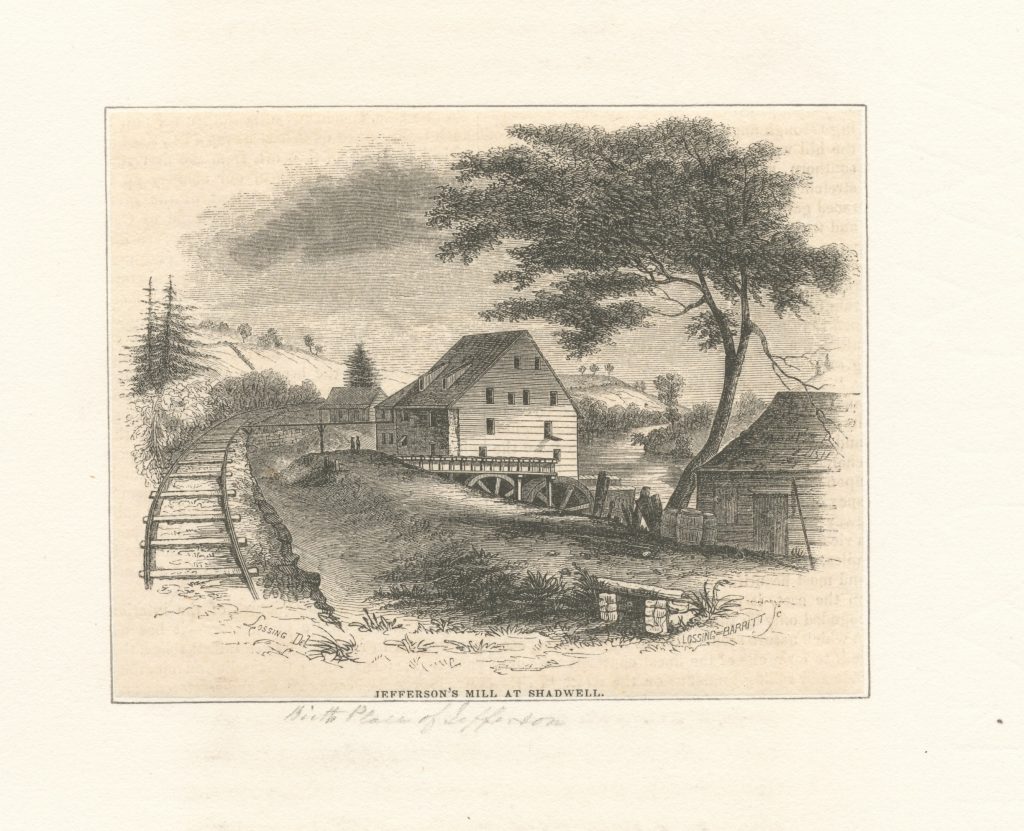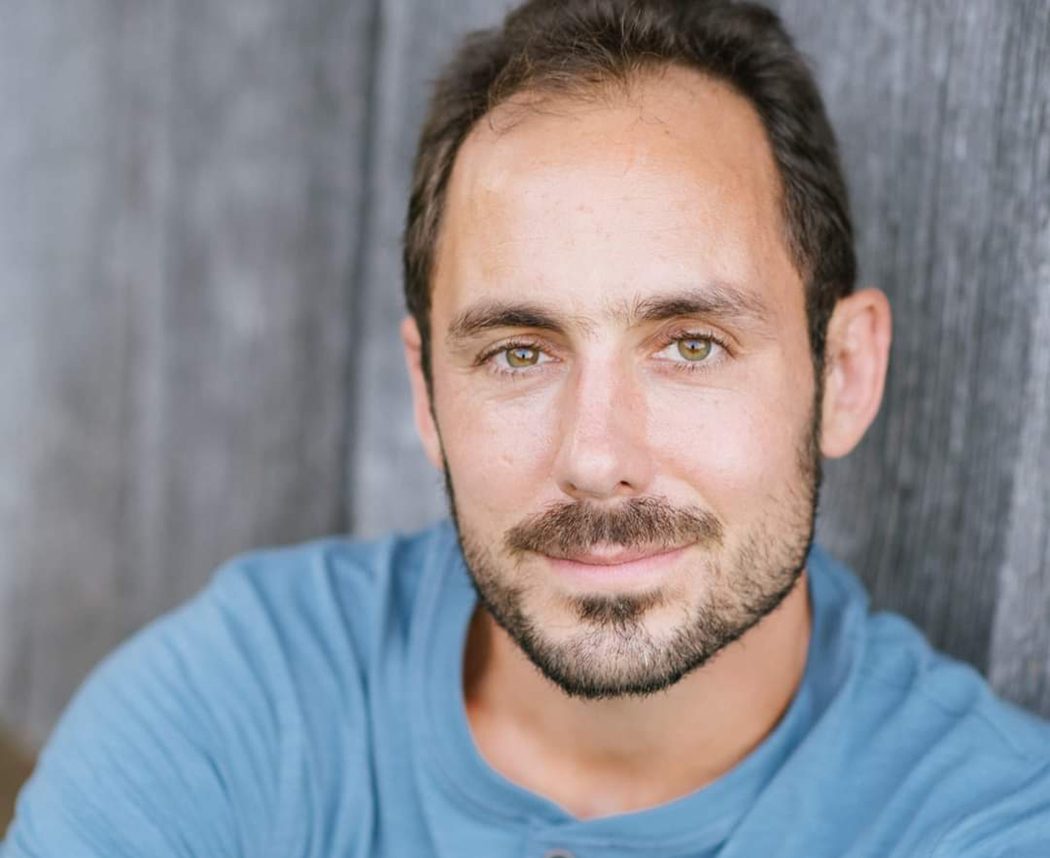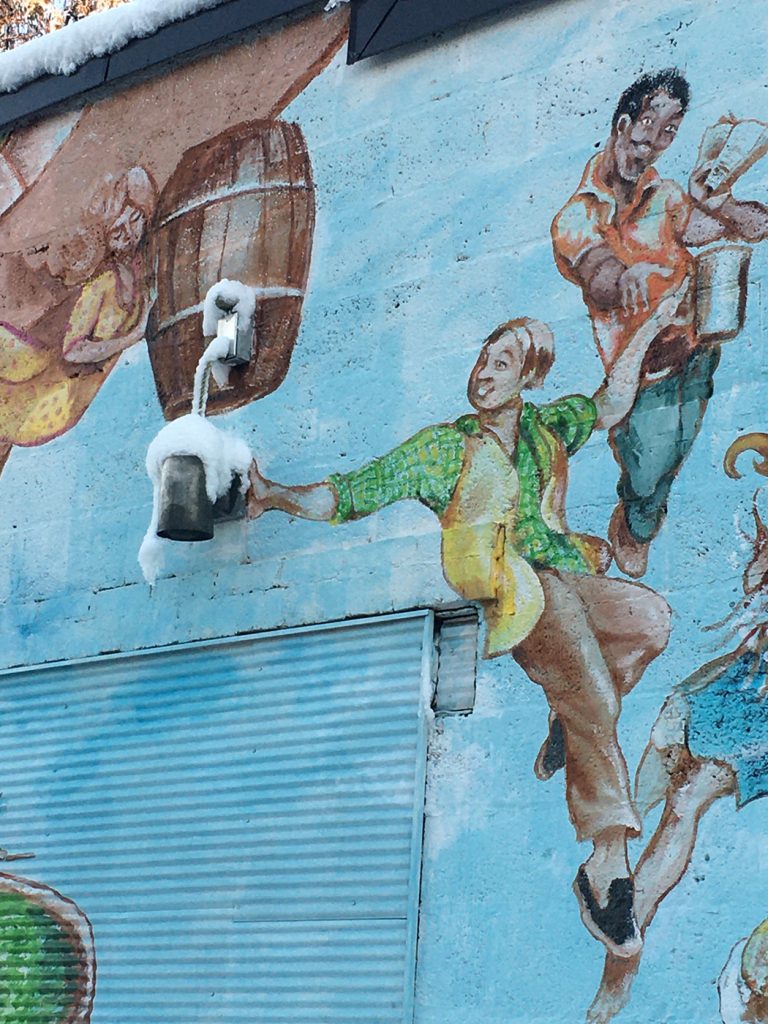Shifting shape
“By studying art and making art, we place ourselves into a centuries-long continuum of observers and visual speakers,” says art educator and painter Susan Patrick. “We begin to understand previous and current cultures through drawn, painted, and sculpted images.”
Patrick, who is on staff at Village School, has decades of experience teaching art at public schools, and is a member of McGuffey Art Center, where her work is on display in the Smith Gallery.
Her new exhibition, “Connections: possibilities/impossibilities,” showcases a series of acrylic paintings on canvas. The series was a way for Patrick to explore a simple but intriguing shape—the triangle.

“I had seen an image of a painting broken into triangles, and liked the composition,” says Patrick. Triangles can be found scattered throughout her paintings. One of them, “December #2,” is a study of shapes where triangles are held inside the jagged edges of a square. “Everything is splintered and in full agitation. The triangles push into each other and pull apart—confined in their squares.” The paintings are calm, yet full of struggle. “The triangles are ill matched, not able to create their own square and unable to leave the square format.”
Patrick’s work also contains hidden messages. “These paintings are partially covering paintings made in the past,” she says. On the surface, “Sooner” looks bright and cheerful. Vibrant greens and blues color Patrick’s signature squares, rectangles, and triangles. But hidden underneath is a messy, emotional sprawl of words. “A poem, written over and over, densely covered the canvas with layers of words,” says Patrick. The poem was about leaving behind a difficult situation, and bits and pieces of it still shine through and can be seen in the finished work, memories of the past mingling with the present.—Maeve Hayden
January Shows
Artistic Remedies for Creative Hearts 8767 Seminole Tr., Suite 101, Ruckersville. “Flight of Fancy: All Things Winged and Windborne” features work from ARCH members. Opens January 8.
Baker Gallery Woodberry Forest School, 898 Woodberry Forest Rd. “From the Moment” showcases new paintings by Darrell Rose. Through March 5.

The Center at Belvedere 540 Belvedere Blvd. “Natural Public Lands of Virginia” features photography work by Ben Greenberg.
C’ville Arts Cooperative Gallery 118 E. Main St., Downtown Mall. “The Studio Sale” features locally handmade, high-quality arts and crafts. Through January 31.
Eastwood Farm and Winery 2531 Scottsville Rd. “Roads to Eastwood” includes works by Jessica Livingston and Andrea Ruedy Trimble. Opens January 7.
McGuffey Art Center 201 Second St. NW. In the Smith Gallery, “Connections: possibilities/impossibilities,” recent acrylic paintings by Susan Patrick. In the Hallway Galleries, “New Members Show,” featuring work from McGuffey’s latest group of artists. Through January 30.
New City Arts 114 Third St. NE. In the Welcome Gallery, “You can’t compromise my joy” features new works by Fall 2021 New City Artist-in-Residence, Kori Price. Opens January 14.
Northside Library 705 Rio Rd. In the lobby, acrylics by Ali Sullivan. In the Quiet Room, photography by Bill Shaw.
Studio IX 969 Second St. SE. “Marley in Wonderland’’ features work by Marley Nichelle as part of the Prolyfyck Exhibition Series. Opens January 7.
Top Knot Studio 103 Fifth St. SE. “Old Password” by Christopher Headings. Through January 31.

The Wayne Theatre Exhibit Gallery, 521 W. Main St., Waynesboro. “Find My Bearings” by Ashley Sauder Miller features works made from unconventional materials, paint, marker, and oil pastel. Through February.












